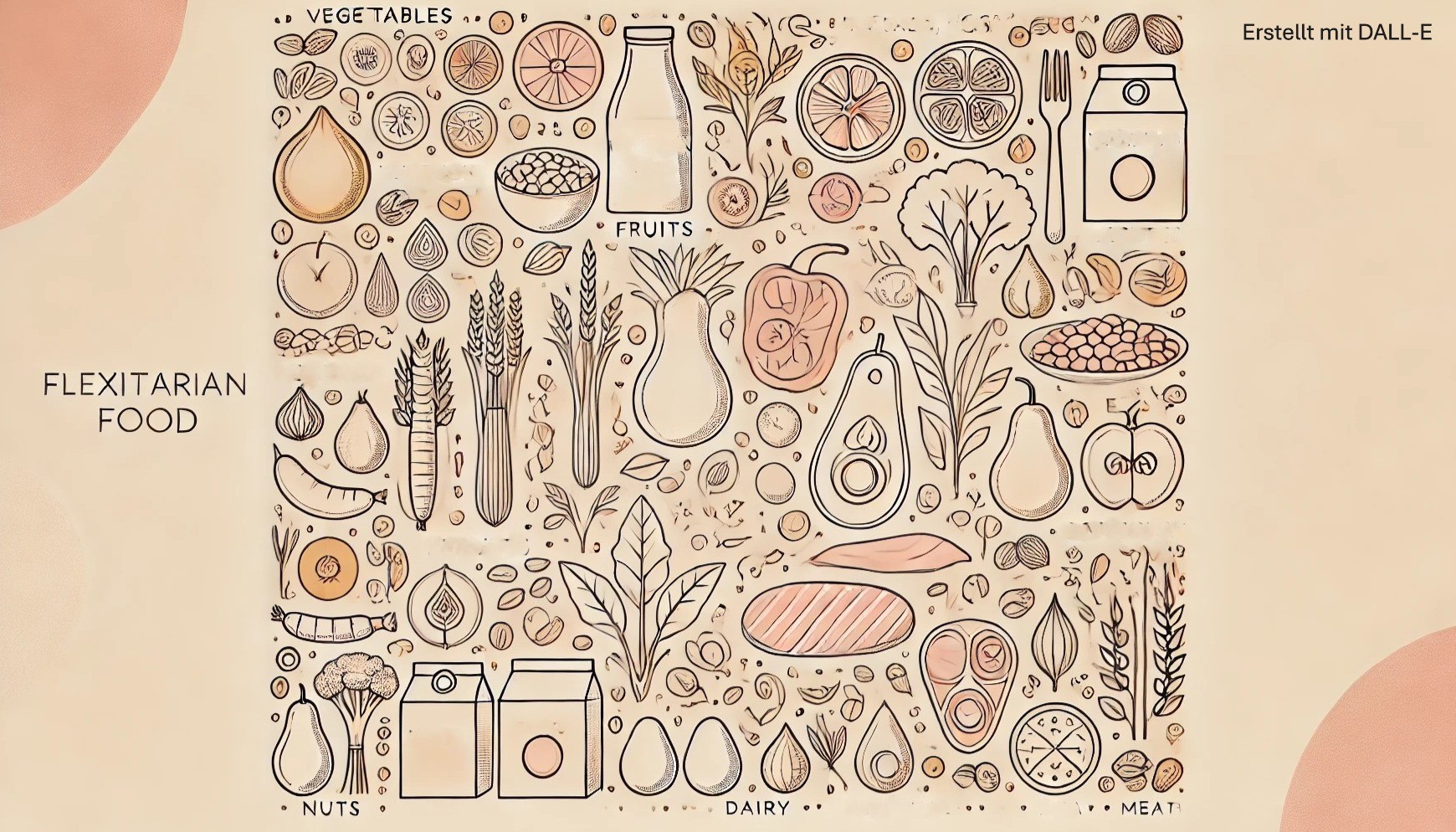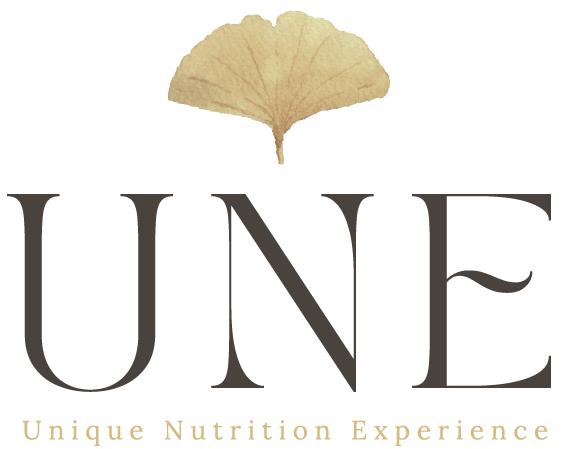
What is Flexitarianism?
Flexitarianism: A Balanced Approach to Eating
Flexitarianism is a dietary approach that primarily consists of plant-based foods while occasionally including meat and fish. People who follow a flexitarian diet consciously reduce their meat consumption without eliminating it completely. This diet combines the benefits of plant-based eating with the flexibility to incorporate animal products occasionally.
What Foods Are Included?
Flexitarians consume a diverse range of foods:
- Plant-Based Foods: Fruits, vegetables, legumes, whole grains, nuts, seeds
- Animal Products in Moderation: Milk, cheese, yogurt, eggs
- Occasional Meat & Fish Consumption: High-quality meat, fish, and seafood from sustainable sources
- Plant-Based Meat Alternatives: Tofu, seitan, lupin-based products
Possible Benefits of Flexitarianism
- ✅ High intake of plant-based nutrients and fiber
- ✅ Flexible diet without completely eliminating animal products
- ✅ Easily adaptable to different lifestyles
Challenges of Flexitarianism
- ⚠️ Requires conscious selection of high-quality animal products
- ⚠️ May require some adjustment in meal planning
- ⚠️ Balancing plant-based and animal-based foods is key
Who Is This Diet Suitable For?
Flexitarianism is ideal for individuals who want to reduce their meat intake without entirely giving up animal products. This dietary approach offers flexibility and allows for a sustainable lifestyle without strict restrictions.
Conclusion: A Flexible Diet with a Plant-Based Focus
Flexitarianism is a balanced approach that prioritizes plant-based foods while occasionally incorporating animal products. It can be tailored to individual needs and offers a sustainable alternative to both meat-heavy and strictly plant-based diets.
👉 Looking for a high-protein, high-fiber diet with a plant-based focus? Our Pro-Fi Baking Mixes provide valuable plant-based proteins and fiber – perfect for a balanced diet.
This post is for informational purposes only and does not replace medical advice.

